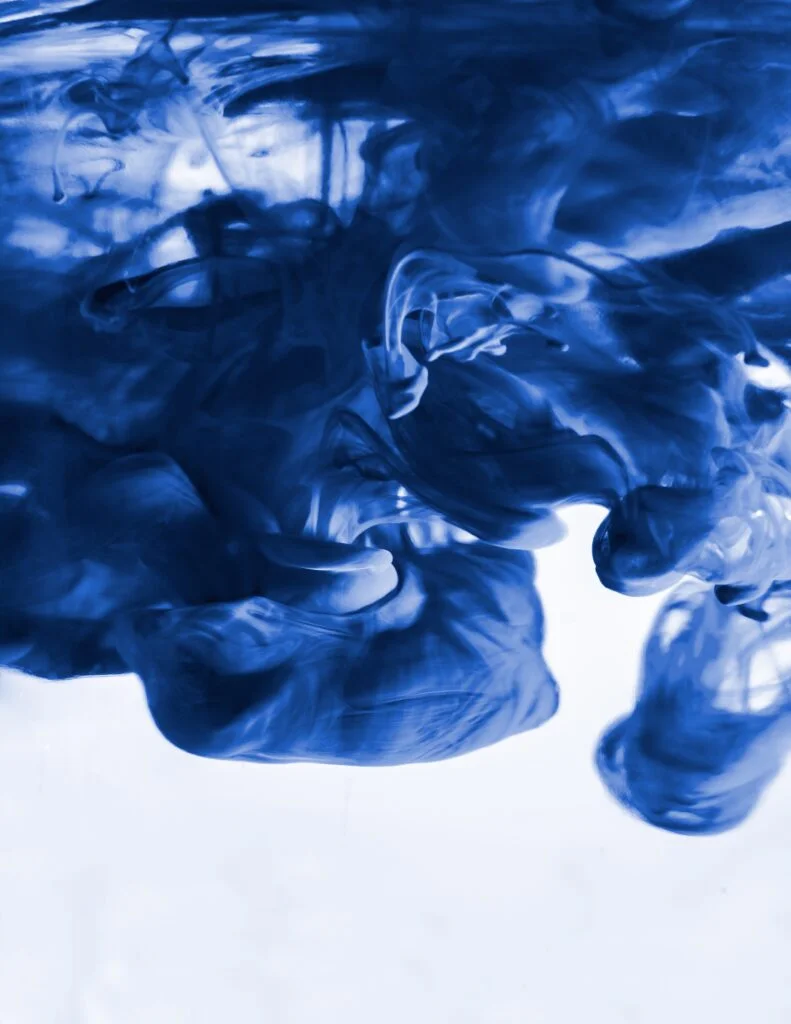So you’ve got a stubborn black wall that needs a fresh coat of paint? We’ve all been there. But before you grab just any color, let’s take a moment to consider the best way to cover up that dark shade. In this article, we’ll explore the fascinating world of paint colors and delve into which ones work best to cover up black walls. From neutrals to brights, we’ll dive into the possibilities that await you and help you make an informed decision for your painting project.
What Color Paint Will Cover Black?
Table of Contents
Type of Paints
When it comes to choosing the right paint for your project, there are several options to consider. The most common types of paints are latex paint, oil-based paint, and acrylic paint. Each type has its own unique properties and benefits, so it’s important to understand the differences between them before making a decision.
Latex Paint
Latex paint, also known as water-based paint, is one of the most popular choices for indoor projects. It is easy to use, dries quickly, and cleans up with water. Latex paint is also available in a wide range of colors, making it a versatile option for any room in your home. However, it is not as durable as oil-based paint and may not hold up well in high-traffic or exterior areas.
Oil-based Paint
Oil-based paint, on the other hand, is known for its durability and smooth finish. It is often used for surfaces that require a hard, protective coating, such as trim, cabinets, and doors. Oil-based paint takes longer to dry than latex paint and requires mineral spirits for cleanup. While it may not offer as many color options as latex paint, it provides a classic, glossy finish that can’t be replicated with other types of paint.
Acrylic Paint
Acrylic paint is a combination of water and acrylic resin, making it a versatile and easy-to-use option for various projects. It can be used on both interior and exterior surfaces and comes in a wide range of colors. Acrylic paint offers a fast drying time and is known for its excellent color retention. It is also resistant to fading and cracking, making it a great choice for areas exposed to sunlight or harsh weather conditions.
Coverage Factors
When it comes to achieving a perfect paint job, there are several factors that affect coverage. These factors include opacity, the quality of the paint, and the number of coats applied.
Opacity
Opacity refers to how well a paint covers the surface underneath. Some colors, like white or pastels, have high opacity and can easily cover darker surfaces. However, colors like black or deep red may require more coats to achieve full coverage. It’s important to consider the opacity of the paint when choosing a color, especially if you are painting over a dark or heavily pigmented surface.
Quality of Paint
The quality of the paint also plays a significant role in coverage. Higher-quality paints often have better pigmentation and consistency, allowing them to cover surfaces more effectively. Investing in a high-quality paint can save you time and money in the long run, as you may need fewer coats to achieve the desired result.
Number of Coats
The number of coats applied is another important factor to consider when aiming for complete coverage. In general, it’s recommended to apply at least two coats of paint for optimal results. However, depending on the color and opacity of the paint, you may need to apply additional coats to achieve full coverage. Keep in mind that applying too many coats at once can result in drips or an uneven finish, so it’s best to follow the manufacturer’s instructions for the specific paint you are using.

Choose the Right Color
Selecting the right color is not only a matter of personal preference; it can also affect the coverage of your paint job. Certain colors have better coverage than others, especially when trying to cover a dark surface such as black.
Contrasting Colors
When choosing a color to cover black, it’s important to consider contrasting colors. Lighter colors like white, cream, or pastels tend to have higher opacity and can provide better coverage over a dark surface. These colors create a striking contrast and can transform a black surface into a completely different look.
Neutral Colors
Neutral colors like beige, gray, or taupe are another great option to consider when trying to cover black. These colors have medium to high opacity and can help create a sophisticated and timeless look. Neutral colors also offer versatility and can easily fit into any design style or theme.
Light Colors
Light colors, including pastel tones or shades of blue, green, or yellow, are effective options for covering black. These colors offer good coverage and can create a fresh and vibrant atmosphere. Light colors can also make a space feel larger and more open, making them perfect for smaller rooms or areas with limited natural light.
Preparation
Before starting any painting project, proper preparation is crucial. This includes cleaning the surface and priming it to ensure the best adhesion and coverage of the paint.
Cleaning the Surface
Cleaning the surface is an important step in preparing for painting. Dust, dirt, grease, or old paint can affect the adhesion of the new paint and may result in poor coverage. To properly clean the surface, use warm soapy water or a mild detergent, and scrub away any stains or residue. Rinse the surface thoroughly and allow it to dry completely before moving on to the next step.
Priming the Surface
Priming the surface is essential for achieving optimal coverage, especially when working with a dark color like black. A primer creates a smooth and even base for the paint to adhere to, resulting in better coverage and durability. When selecting a primer, choose one that is specifically designed for the type of surface you are painting, such as wood, drywall, or metal. Follow the manufacturer’s instructions for proper application, including drying time, before proceeding with the paint job.

Using Primer
Using the right primer is crucial for achieving good coverage and ensuring the longevity of your paint job. Here are some factors to consider when selecting and applying primer.
Choosing the Right Primer
To cover black effectively, it’s important to choose a primer that is specifically designed to block stains and provide excellent coverage. Look for a primer labeled as a high-hide or stain-blocking primer, as these are formulated to cover dark colors more effectively. Additionally, consider using a primer that matches the base of the paint you will be applying. For example, if you are using latex paint, choose a latex-based primer.
Application Techniques
Proper application techniques can significantly impact the coverage of your paint. When applying primer, use a brush or roller to ensure an even and smooth coat. Pay attention to any grooves or hard-to-reach areas to ensure complete coverage. Depending on the type of primer you are using, you may need to apply more than one coat. Follow the manufacturer’s instructions for application and drying times to achieve the best results.
Application Methods
There are several application methods you can choose from when painting, including brushing, rolling, and spraying. Each method has its own advantages and can affect the coverage of your paint job.
Brushing
Brushing is a common and versatile method for painting. It allows for more control and precision, especially when working on smaller areas or intricate details. When brushing, use a high-quality paintbrush and apply thin, even coats. Take your time and work in small sections to ensure complete coverage. Brushing is particularly useful when painting trim or edges, as it allows you to get into tight corners and achieve a clean, professional finish.
Rolling
Rolling is a popular method for larger surfaces, such as walls or ceilings. It allows for quicker coverage and can help achieve a consistent finish. When rolling, use a high-quality roller cover and a roller frame with an extension pole for ease of use. Start by applying paint in a “W” or “M” shape, and then roll over it in vertical or horizontal strokes. This technique helps to distribute the paint evenly and minimize the appearance of roller marks. Be sure to overlap each section slightly to create a seamless look.
Spraying
Spraying is a fast and efficient method for painting large areas, such as fences or exterior walls. It provides a smooth and even finish and allows for faster coverage compared to brushing or rolling. However, spraying requires proper equipment, such as a paint sprayer or an airless sprayer, and can be messy if not done carefully. If you choose to spray, make sure to properly cover and protect surrounding surfaces to avoid overspray. Follow the manufacturer’s instructions for the sprayer and practice on a test surface to get the hang of the technique before tackling your project.

Tips for Successful Coverage
To ensure successful coverage and achieve a professional-looking paint job, consider the following tips.
Test the Paint
Before applying the paint to the entire surface, it’s a good idea to test it on a small, inconspicuous area. This allows you to assess the coverage and make any necessary adjustments before committing to the entire project. It’s also important to note that paint may look slightly different once it dries, so testing it can help you ensure that you’ve selected the right color.
Apply Thin Coats
Rather than applying a thick coat of paint, it’s best to apply multiple thin coats. This allows for better coverage and helps prevent drips or an uneven finish. Thin coats also dry more quickly, so you can proceed with additional coats sooner. Remember to allow sufficient drying time between coats to ensure proper adhesion and a flawless finish.
Allow Drying Time
Patience is key when it comes to achieving good coverage. Allow each coat of paint to dry completely before applying the next. Rushing the drying process can result in smudging, streaks, or damage to the newly applied paint. Read the paint can label for recommended drying times and avoid touching or placing any objects on the freshly painted surface until it is fully cured.
Common Mistakes to Avoid
To avoid potential pitfalls and ensure the best coverage possible, steer clear of these common painting mistakes.
Skipping Preparation
One of the biggest mistakes homeowners make when painting is skipping the preparation process. Properly cleaning and priming the surface sets the foundation for a successful paint job. Failing to prepare the surface can lead to poor adhesion, uneven coverage, and premature peeling or flaking of the paint. Take the time to clean and prime the surface before starting your project to ensure the best results.
Not Using Primer
Skipping or improperly applying primer can result in lackluster coverage, especially when trying to cover dark colors like black. Primer helps to create a smooth and uniform surface for the paint to adhere to, ensuring better coverage and durability. Take the extra step and invest in a quality primer that suits your project’s needs.
Rushing the Job
Painting requires patience and attention to detail. Rushing the job can result in sloppy workmanship and poor coverage. Take your time to prep the surface, apply the paint evenly, and allow sufficient drying time between coats. By taking a measured approach, you’ll achieve a more professional and satisfying end result.

Fixing Uneven Coverage
Even with proper preparation and careful application, there may be instances where you encounter uneven coverage. Fortunately, there are a few methods to fix this issue.
Spot Priming
If you notice areas with uneven coverage or where the paint is not adhering well, spot priming can help. Apply a thin coat of primer to the affected areas using a brush or roller, focusing on the areas with poor coverage. After the primer has dried, you can then apply paint to those areas to achieve a more even finish.
Additional Coats
Adding an extra coat or two of paint is another option to correct uneven coverage. Apply the additional coats using the same technique as before, following the manufacturer’s instructions for drying time. Be sure to blend the new coats with the previously painted areas to achieve a seamless and uniform look.
Sand and Repaint
In some cases, if the coverage is significantly uneven, you may need to sand the surface lightly and repaint it entirely. This method is more time-consuming and may require more effort, but it can help ensure a consistent and flawless finish.
Conclusion
Achieving complete coverage when painting, especially when covering dark colors like black, requires careful consideration of the type of paint, proper surface preparation, and thoughtful application techniques. By choosing the right color, understanding coverage factors, and following best practices, you can achieve a beautiful and long-lasting paint job. Take your time, be patient, and enjoy the transformation as you bring new life to your space with the power of paint.


